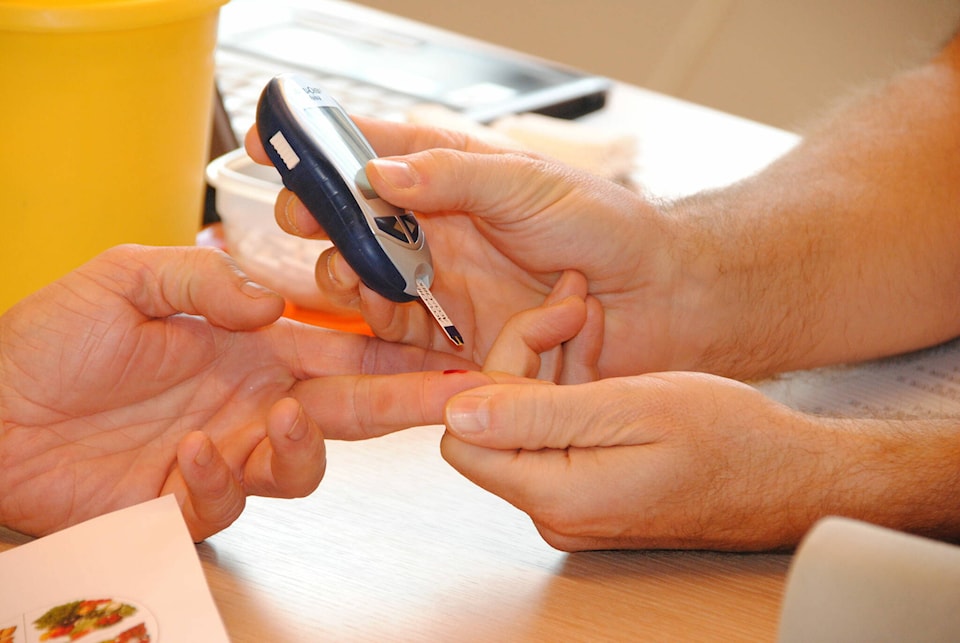Prediabetes is like an alarm clock. You can hit the snooze button and go back to sleep. Or you can use it as a signal to get up and get active.
But what exactly is prediabetes, and how do you know if you have it? The condition occurs when blood sugar levels are consistently higher than normal, but not yet to the level for diagnosis as type 2 diabetes.
High blood sugar is caused when cells can’t respond normally to insulin, a hormone made by your pancreas that acts like a key to let blood sugar into cells for use as energy. Higher and higher demands to make more insulin overwhelm the pancreas, leading to prediabetes.
A 2019 study showed that “among Canadians 20-79 years of age, 12.4 per cent had prediabetes, and 7.5 per cent had diabetes. Among all diabetes cases, 37.3 per cent were undiagnosed.”
In the U.S., the Centres for Disease Control reports that “approximately 88 million American adults – more than 1 in 3 – have prediabetes. Of those with prediabetes, more than 84% don’t know they have it.”
A simple blood test is all that is needed to diagnose the problem.
Knowing you have prediabetes is critically important. It provides time to get serious about preventing full-blown disease with all the complications. Prediabetes signals risk of type 2 diabetes, but also heart disease and stroke. Prevention will always be better than cure, particularly when it’s possible to reverse circumstances with lifestyle changes.
Isn’t this better than facing a lifetime on insulin and prescription drugs that bring all kinds of unhealthy side effects?
Hearing the cold truth can be helpful. As one patient reported, “I was shocked. My doctor had been warning me for a while that my blood glucose was getting higher but now I had a sense of reality about it.”
Nonetheless, be wary of the doctor. There’s a tendency for doctors to default to drug prescriptions when common sense changes to lifestyle would reverse the problem.
First, cut excess sugar from the diet. That means, no more soft drinks, candy, sweets and baked goods. Look at labels to identify sugars where you might not expect them. Reduce portions at mealtimes.
Second, commit to a regular exercise program and adopt a new mindset about everyday opportunities to be active – like and walking instead of driving and taking the stairs instead of escalators and elevators.
Third, ask family members and friends to support you. Use one of the many apps freely available to help you monitor your progress.
Despite this simple formula for reversing the onset of type 2 diabetes, the news is not good. Studies show up to 30 per cent don’t make lifestyle changes and eventually develop type 2 diabetes.
It is a huge mistake to do nothing. Calorie reduction and exercise can decrease the risk of type 2 diabetes by 59 per cent over a three-year period, according to one study. People report that their knees, feet, and back feel better. Anxiety levels go down. Benefits also include a decreased risk of heart attack, stroke, kidney failure, blindness, foot damage and possibly Alzheimer’s Disease.
Samuel Johnson once remarked, “Nothing sharpens the wit so much as the knowledge you’re going to be hanged in the morning.” So remember, if a doctor says, “Your blood sugar is borderline for diabetes,” it’s a stark pre-disease warning. You should do something about it before it’s too late.
Dr. W. Gifford-Jones can be reached at contact-us@docgiff.com.
